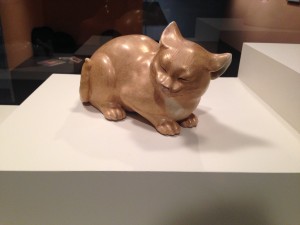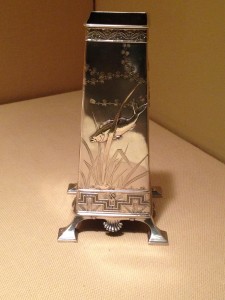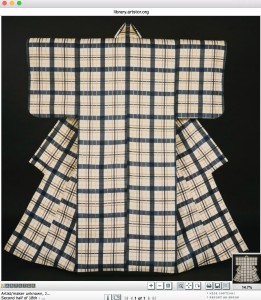19th Century Japan
Object 1
This is Sleeping Cat (Numeri Neko) that was made in the 1890’s (The Meiji Period). It is satsuma-ware (porcelain) and it was an incredibly popular motif found in Japanese culture. Many of these sleeping cat statues, like this one found at The Japan Society, were made for export to western countries. Many foreigners that visited Japan in the 19th century took these statues with them as souvenirs as well. They became so popular for export that that is why they were made out of satsuma-ware, which is a material that the Japanese made specifically for export items.
This informs my research on Japan in the 19th Century because my research surround Japan’s opening up of their market to the rest of the world during that period of time. I am interested in Japan’s influence in western fashion due to this and the fact that the Japanese were creating items, in any art form, specifically for export to western market helps me to ask more questions about why Japan opened up to the rest of the world and the extent of it’s influence.
Object 2
This is a Japanese inspired vase made by Tiffany and Co. in the 19th Century. Edward C. Moore worked for Tiffany and Co. at the time and was an avid Japanese art collector. He was the head designer and supervisor of the silver plant of Tiffany and Co. for the whole second half to the 19th century. The content and form of this design is specifically inspired by Japanese design. This is an example of the influence of Japan on American decorative arts.
Once again, this informs me in my research about Japan’s influence on the West during its opening to the rest of the world in the 19th century. This shows the major extent of the influence on American products and what was considered in trend and fashion of the time. This vase can be found at The Metropolitan Museum of Art in the Asian arts collection even though it is an American piece of art. I think this exemplifies Japan’s influence if an American piece can be included in the Asian arts collection at The Met.


